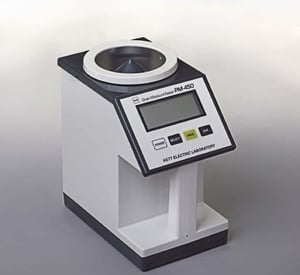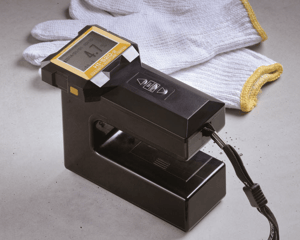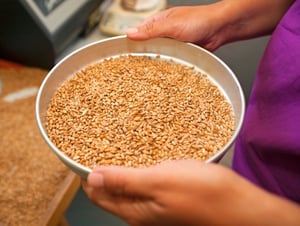 Soybean crops typically begin to reach their full maturity in late September as the seasons start to change. When the days get shorter and temperatures start to cool, leaves on soybean plants slowly turn yellow. By mid-October and November, these leaves turn brown and fall off, leaving the mature soybean pods behind, ready for harvest.
Soybean crops typically begin to reach their full maturity in late September as the seasons start to change. When the days get shorter and temperatures start to cool, leaves on soybean plants slowly turn yellow. By mid-October and November, these leaves turn brown and fall off, leaving the mature soybean pods behind, ready for harvest.
While we can count on the seasons passing, leaves changing color, and farmers preparing their combines for soybean crop harvest, what we can’t count on is exactly when this all should happen.
Weather fluctuations and changing planting times from year to year mean we know that sometime around the end of October or the beginning of November is probably the best time to harvest soybean crops, but we can’t pinpoint the exact date or right time to do so without some investigation.
Soybean Crop Moisture Content Impacts Your Bottom Line
Monitoring the moisture content for soybean crops before harvest is crucial. This is because the moisture content directly impacts your overall yield and therefore, it also affects your bottom line as well. Too much moisture and your sale price is penalized, while too little moisture can mean losing a large percentage of the total yield.
The ideal moisture content for soybean crops is 13 percent. Bean crops that test over 13 percent moisture content are assigned penalties on their scale ticket of sale, lowering the overall quality and sale price. Just as costly though is having too little moisture, which cuts into growers’ profits. According to a study conducted by the University of Nebraska, a soybean crop harvest that measures at 9 percent moisture content correlates to losing an astonishing 4.4 percent of the total yield.
At market, the moisture content changes the total number of soybean bushels sold. According to Emergence by FBN, if a field produces 75 bushels per acre at 13 percent moisture, a grower will sell 3.3 fewer bushels at 9 percent moisture. When soybeans drop to moisture levels that are too far below the optimal 13 percent, it amounts to lost revenue for growers who already operate at low profit margins.
Conversely, when moisture levels are too high, the risk of spoilage increases. At 13 percent moisture, soybeans can be safely stored at 60° Fahrenheit for about six months, but as moisture levels increase, the length of time they can be stored without spoilage starts to decline.
Managing Moisture Levels to Improve Yield
Harvest timing and moisture levels can have a huge impact on the quality of the harvest. Harvesting too early or too late can cause things like field losses, splits, and cracked seed coats, as well as limited storability, which is why it’s so important to closely monitor the moisture content of soybean crops.
Shatter losses increase when seed moisture falls below 11 percent, which is also when seed coats are more likely to crack and foster a prime environment for mold growth. This is why a moisture content of about 13 percent is optimal to limit the risk of mechanical damage to the beans.
With soybean crops, moisture content can increase several points overnight or decrease during a hot, sunny afternoon, which is why it’s recommended to avoid harvesting when beans are at their driest, which is typically in the afternoon.
As soybeans start to dry down, that’s when growers need to begin regularly monitoring crop moisture levels to determine not just the best time to harvest the crop, but also the best field harvest order. To maximize grain weight and minimize potential yield losses, harvest should start as soon as the crop moisture content is somewhere between 13 and 14 percent.
For accurate, instant, non-destructive moisture content readings, the PM450 Advanced Grain and Seed Moisture Meter comes with 26 factory calibrations, including a calibration designed specifically for soybeans. This instrument is battery-powered, handheld, and can be adjusted for local conditions. The PM450 can take accurate readings of soybean samples from the field without any pre-processing, which reduces the length of each test cycle to let growers focus on product quality.
Since 1946, Kett has been creating high-performance, accurate instruments to measure moisture content, helping farmers optimize their crop yields, safely store harvested crops at proper moisture levels, and improve overall harvest quality. From seed to storage and beyond, we have the solutions growers need for abundant harvests year after year. To learn more about what we can do for you, contact us today.


